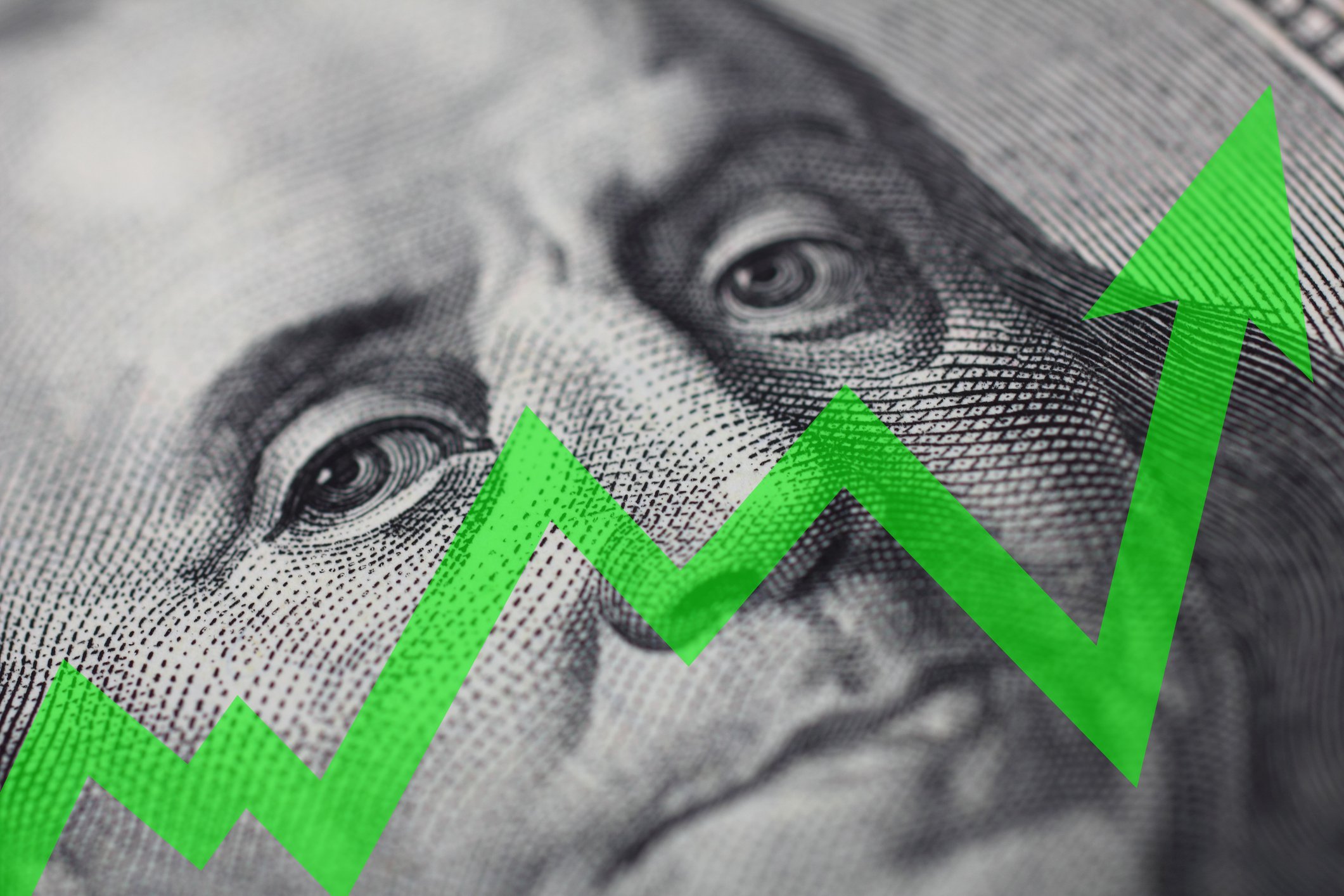
Drone delivery, the kind of advancement that Amazon probably didn't expect 10 years ago. Image source: Amazon.com.
Bezos' 2006 letter to shareholders
Some CEOs use shareholder letters primarily for basic business updates and formalities, but others -- such as Warren Buffett -- provide a much fuller look at their businesses, and deeper forays into management's current thinking. Bezos' letters to shareholders are incredibly insightful, and for current or would-be Amazon investors, they are great reads.
They also provide a chance to step back in time to see what we were talking about in years past, and where Bezos and his team said Amazon could go. Here are a few interesting quotes from that 2006 shareholder letter.
At Amazon's current scale, planting seeds that will grow into meaningful new businesses takes some discipline, a bit of patience, and a nurturing culture.
Amazon has never been shy about spending heavily on its big bets, and we can see now how some of those past investments have been nurtured -- such as Prime Music and Video, and the Amazon Alexa home assistant -- are growing into meaningful parts of Amazon's overall business. Other interesting moon shots, like Amazon's drone package delivery initiative, are still in early stages but investors should be happy that the company has continued with its disciplined investment strategy.

Image source: Amazon.
I often get asked, "When are you going to open physical stores?" That's an expansion opportunity we've resisted. It fails all but one of the tests outlined above. The potential size of a network of physical stores is exciting. However: we don't know how to do it with low capital and high returns; physical-world retailing is a cagey and ancient business that's already well served; and we don't have any ideas for how to build a physical world store experience that's meaningfully differentiated for customers.
Amazon didn't believe that it could run physical stores with the right level of return on capital and scalability -- until the technology in most people's pockets -- their smartphones -- made it possible. In 2016, the first Amazon Go store opened in Seattle that has no cashiers, and instead relies on "computer vision, sensor fusion, and deep learning" so that customers can walk in, grab what they need, and walk out confident that their Prime account will be charged appropriately.
The store is still in beta mode and is only open to Amazon employees, but more test stores are expected to open this year. While this foray into physical stores was unexpected, the next quote shows that Bezos and his team did have insight into one business that could be a huge growth driver for the company in the next decade. In fact, this quote might the most incredible from that 2006 letter:
With AWS [Amazon Web Services], we're building a new business focused on a new customer set ... software developers. We currently offer ten different web services and have built a community of over 240,000 registered developers. We're targeting broad needs universally faced by developers, such as storage and compute capacity -- areas in which developers have asked for help, and in which we have deep expertise from scaling Amazon.com over the last twelve years. We're well positioned to do it, it's highly differentiated, and it can be a significant, financially attractive business over time."
AWS was still in its infant stages at that time; as of 2016, it had grown into a more than $12 billion business. For more context, AWS revenues last year were up 55% from 2015, and it continues to look well positioned for incredible growth in the years to come. It now has millions of active users, a growing presence worldwide, and high-profile contracts that include organizations as diverse as the U.S. intelligence agencies and McDonald's.
Amazon in the next decade
In that 2006 shareholder letter, Bezos also talked about reaching $10 billion in sales, and said that because of its large scale, it would take a major growth driver to really move the needle. In 2016, Amazon had revenue of $136 billion -- clearly, the company has had many needle-moving growth drivers since. The company's market cap has grown to an astounding $425 billion, and some analysts believe the eventually, it could be the first public company ever to reach a $1 trillion market cap.
Many of the exciting businesses Amazon is cultivating now weren't even on the radar when that 2006 letter was sent out, and change has only sped up since. Amazon has certainly been planting more seeds in the last few years that could lead to huge returns; in 2027, we are likely to look back on our current headlines in awe of how much things have changed. One thing is certain, though: Amazon's investment philosophy hasn't changed, and some of the seeds the company is nurturing now could revolutionize many industries in the years to come.






